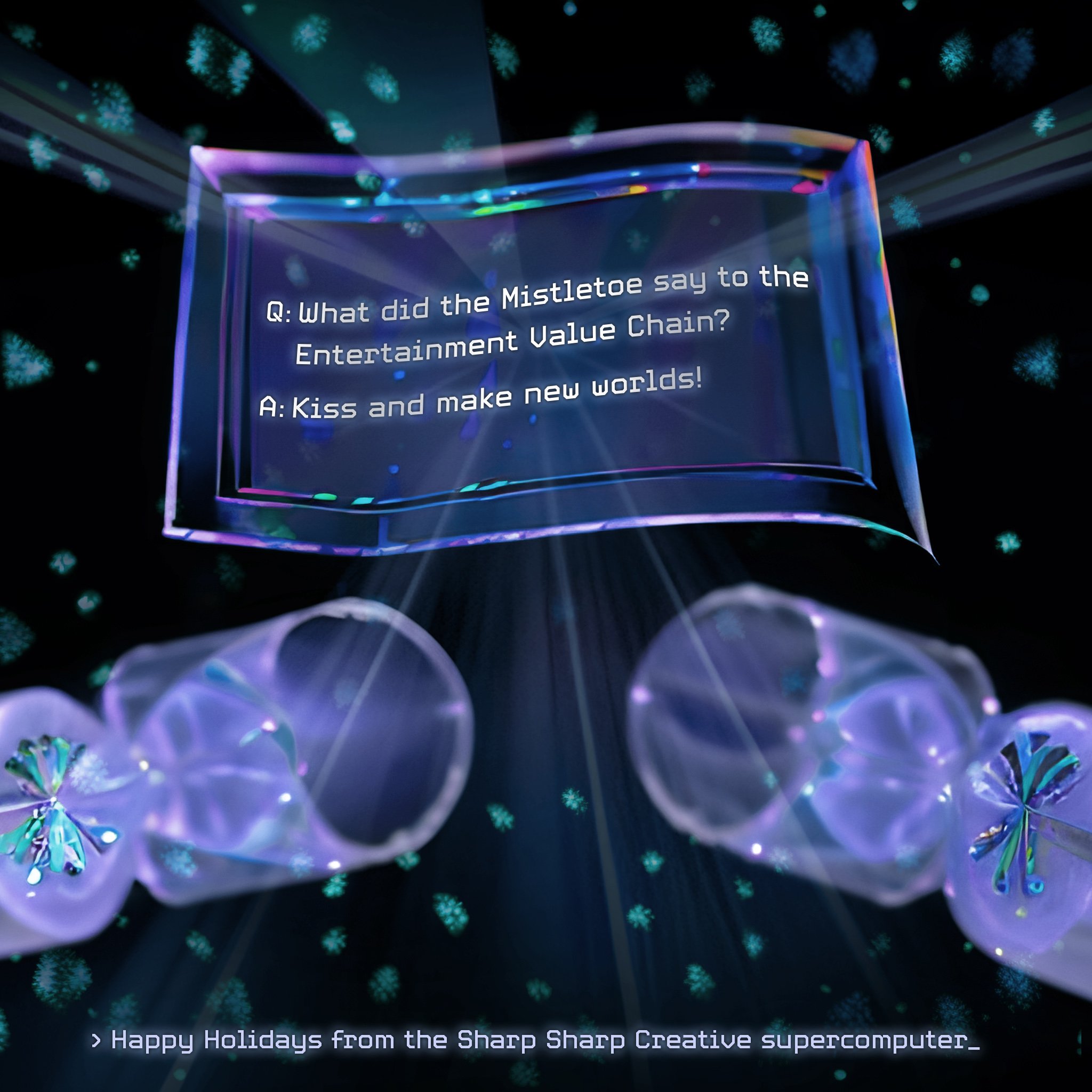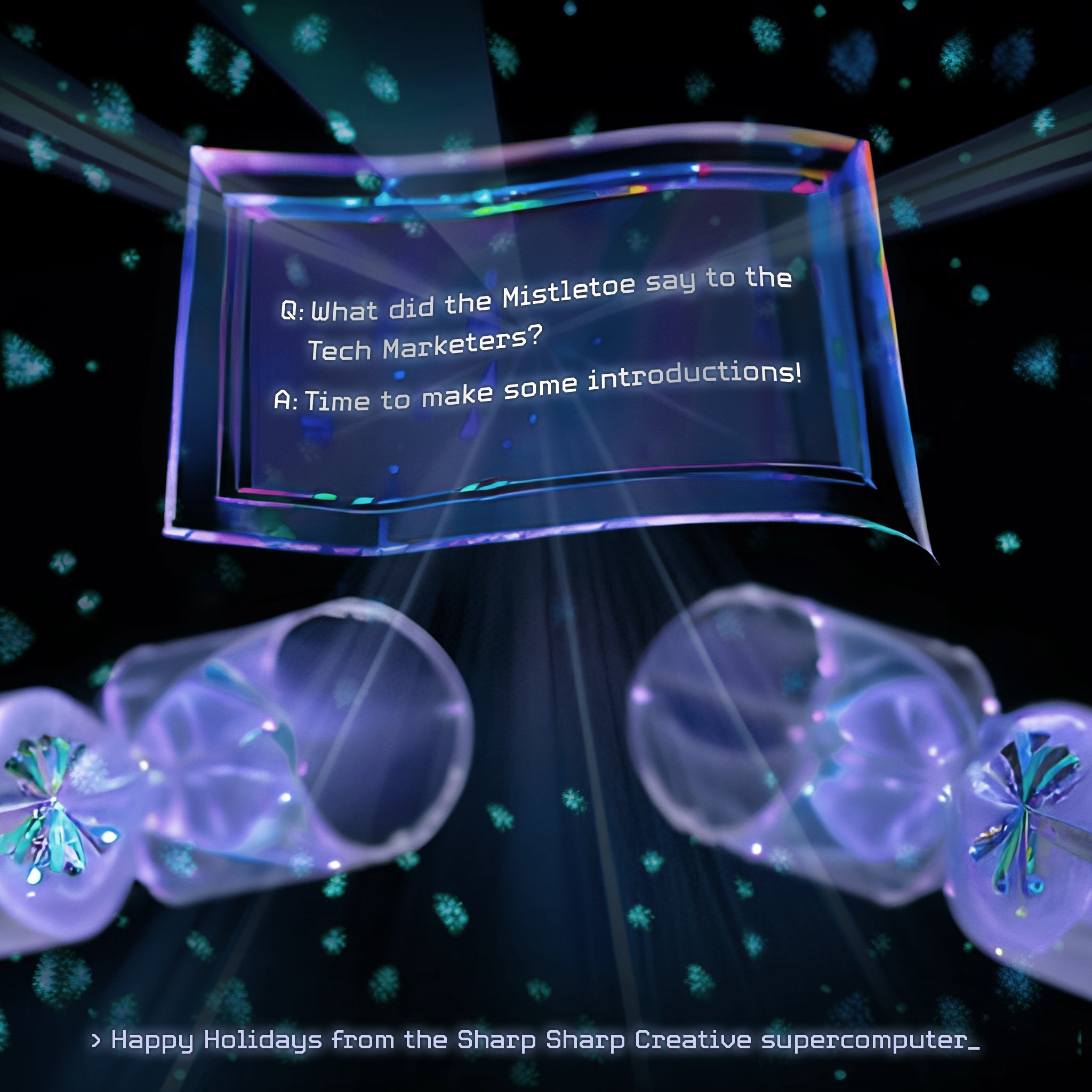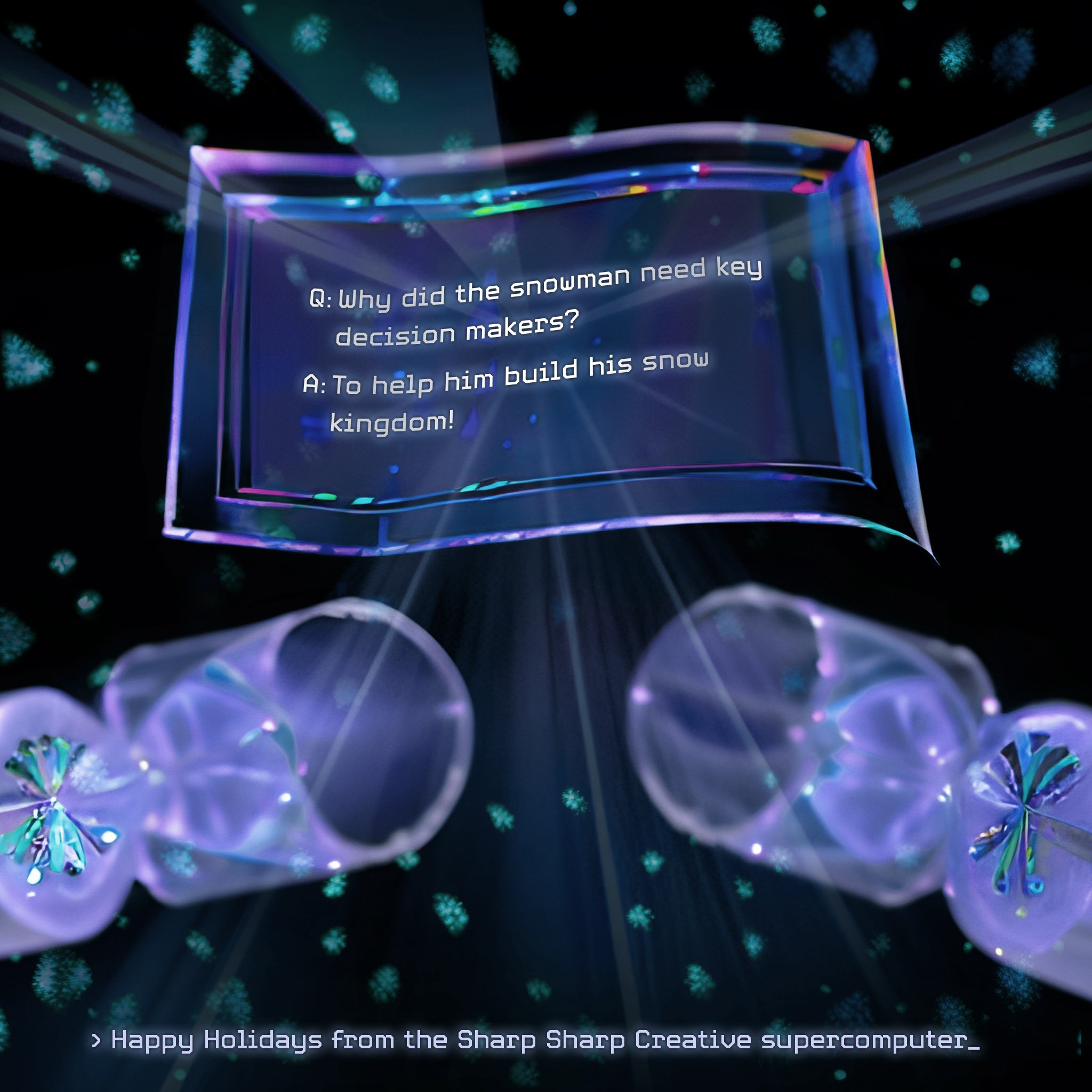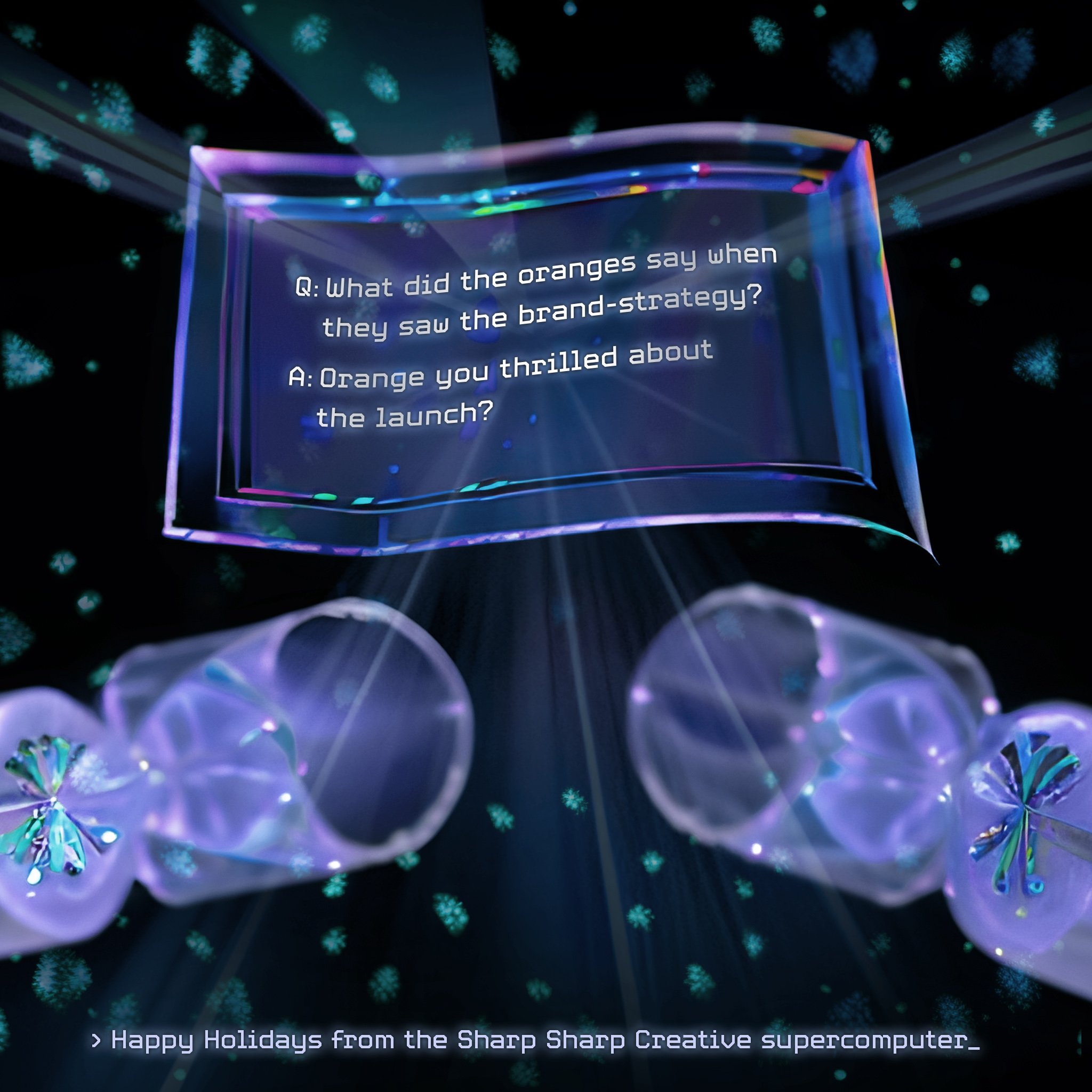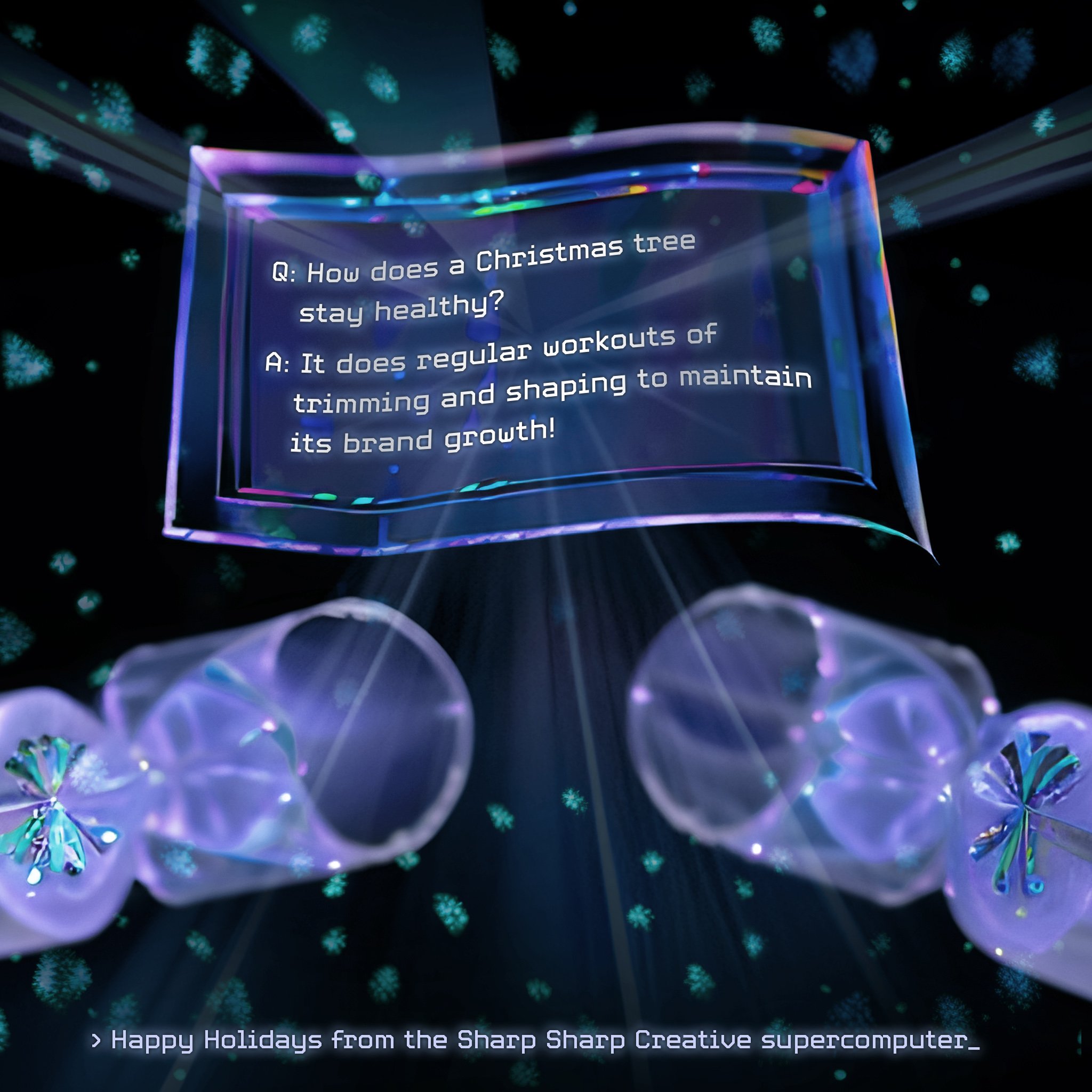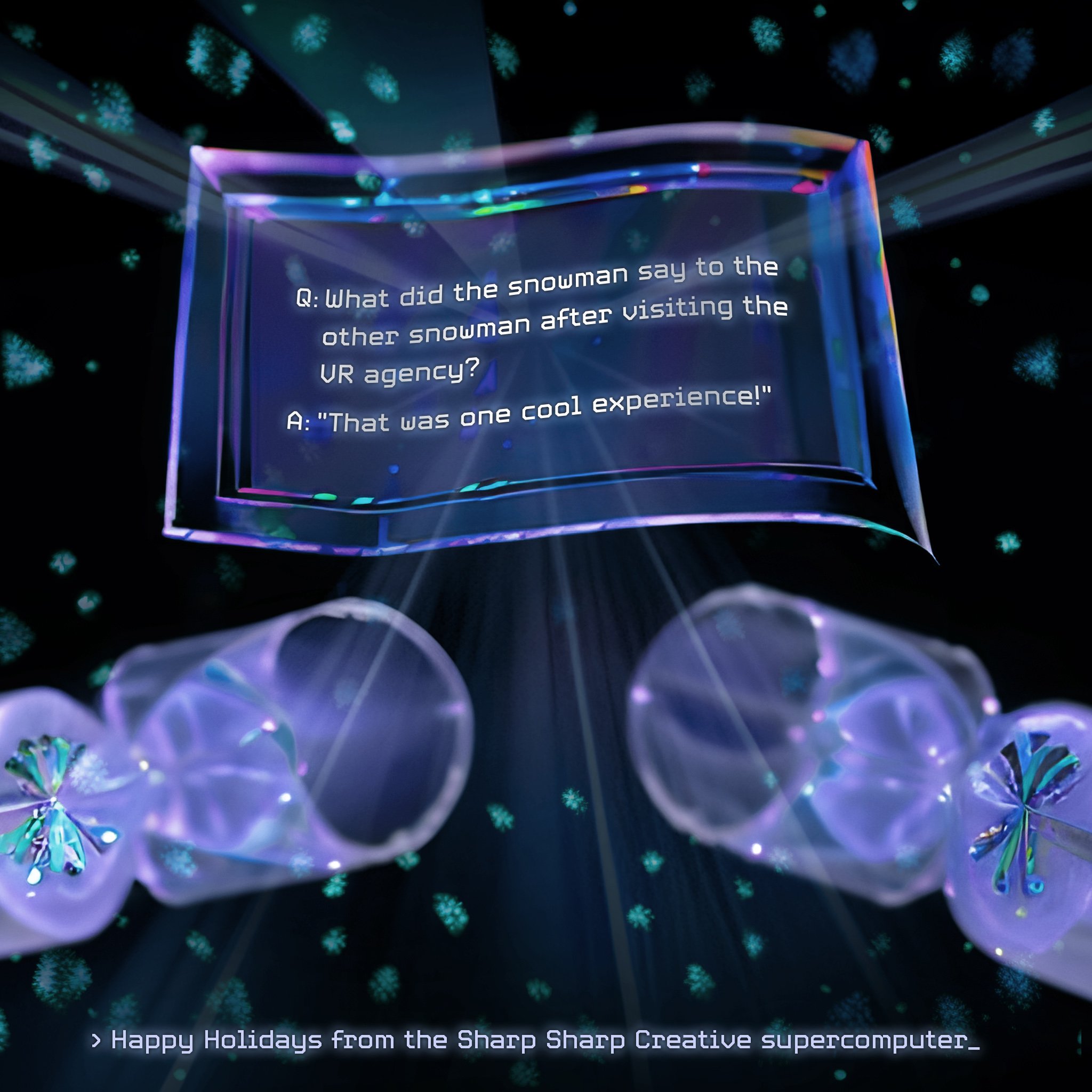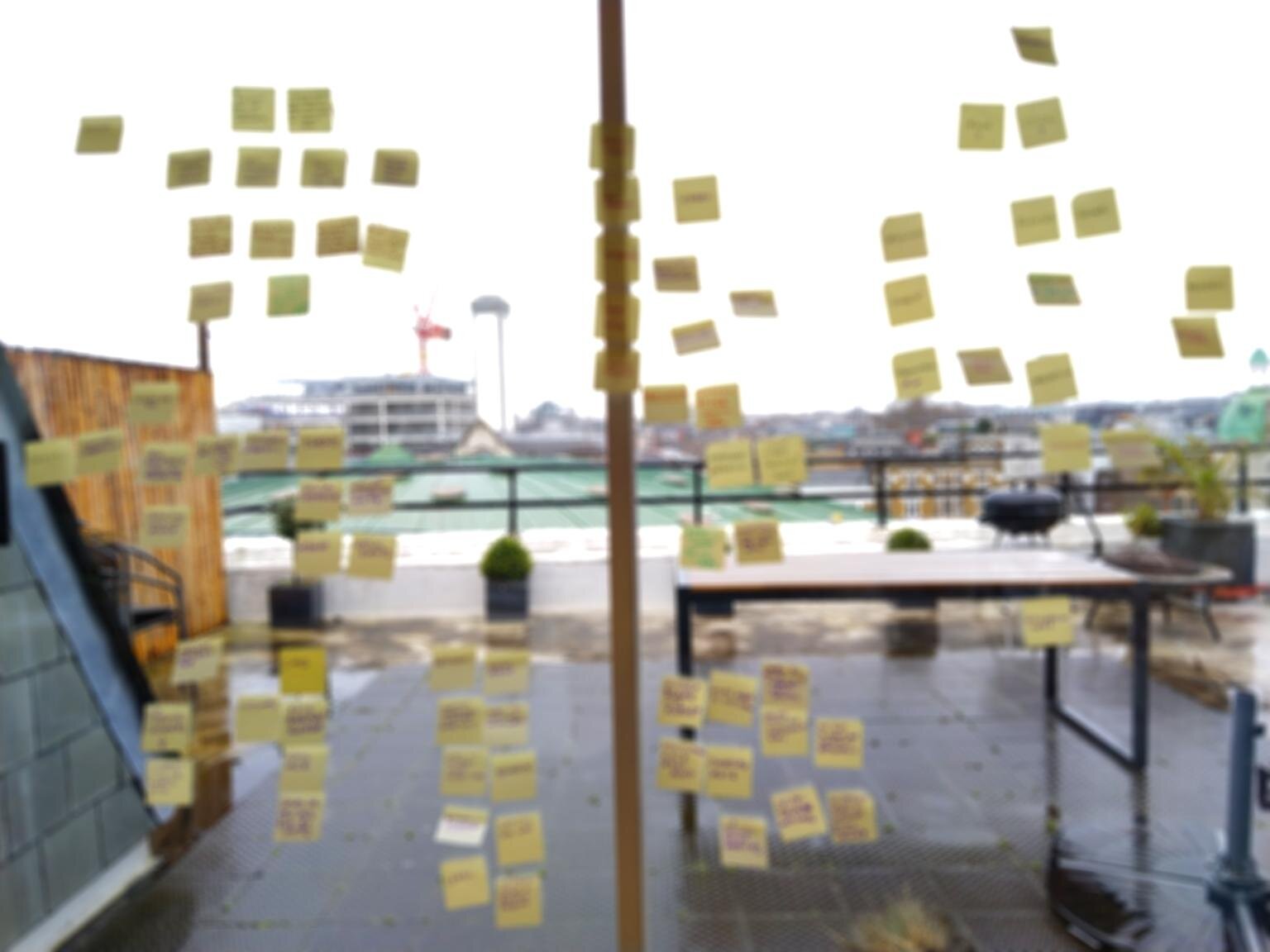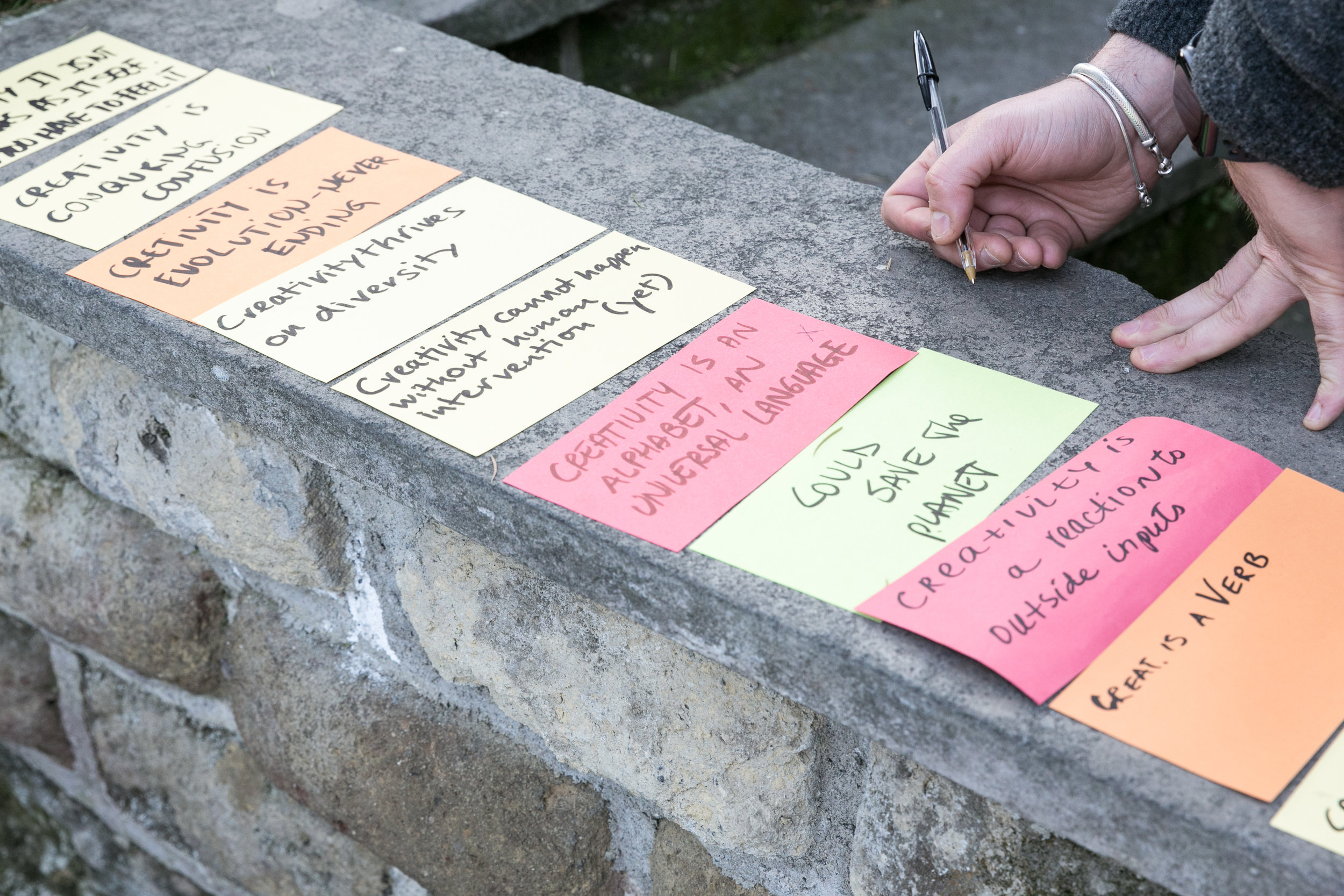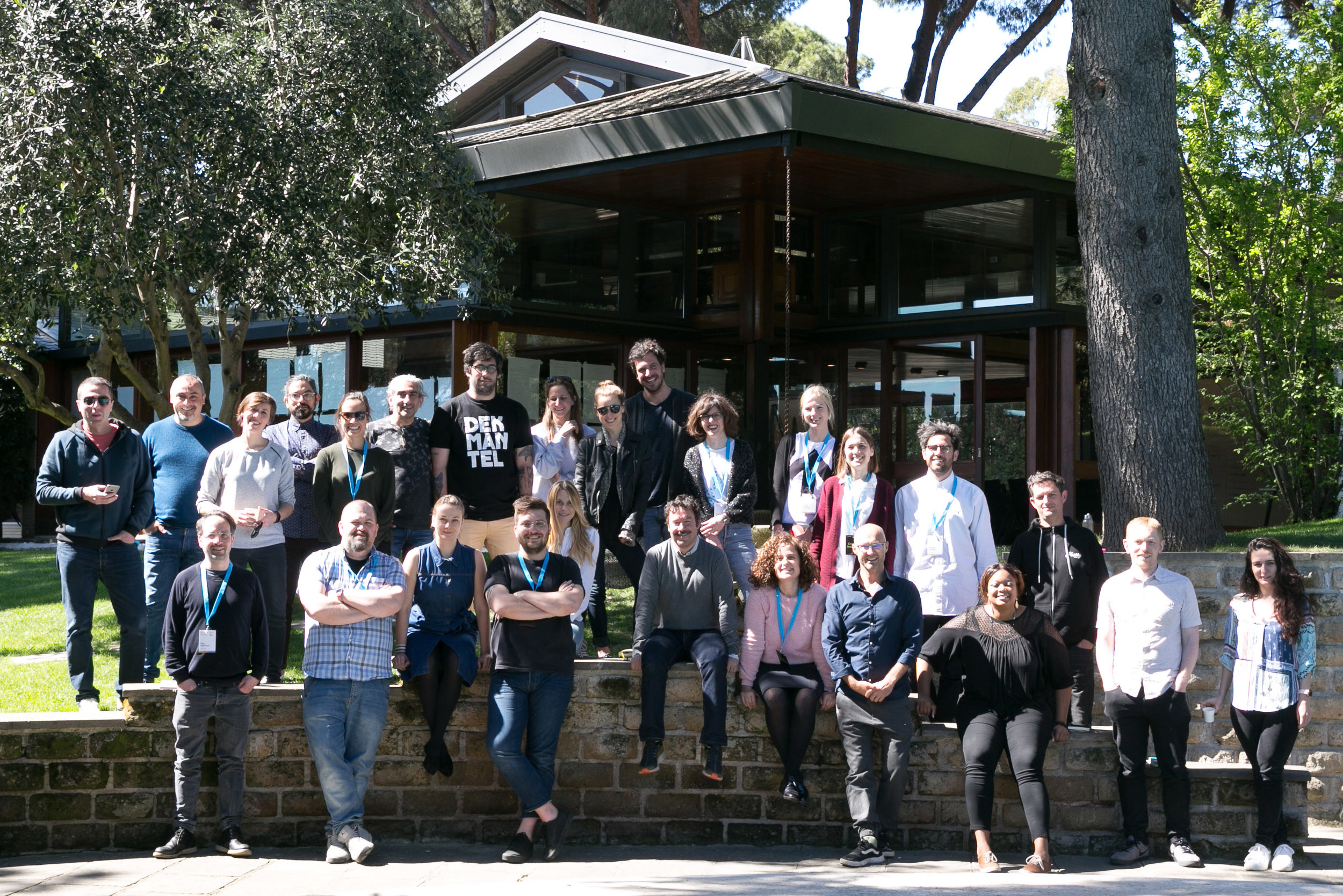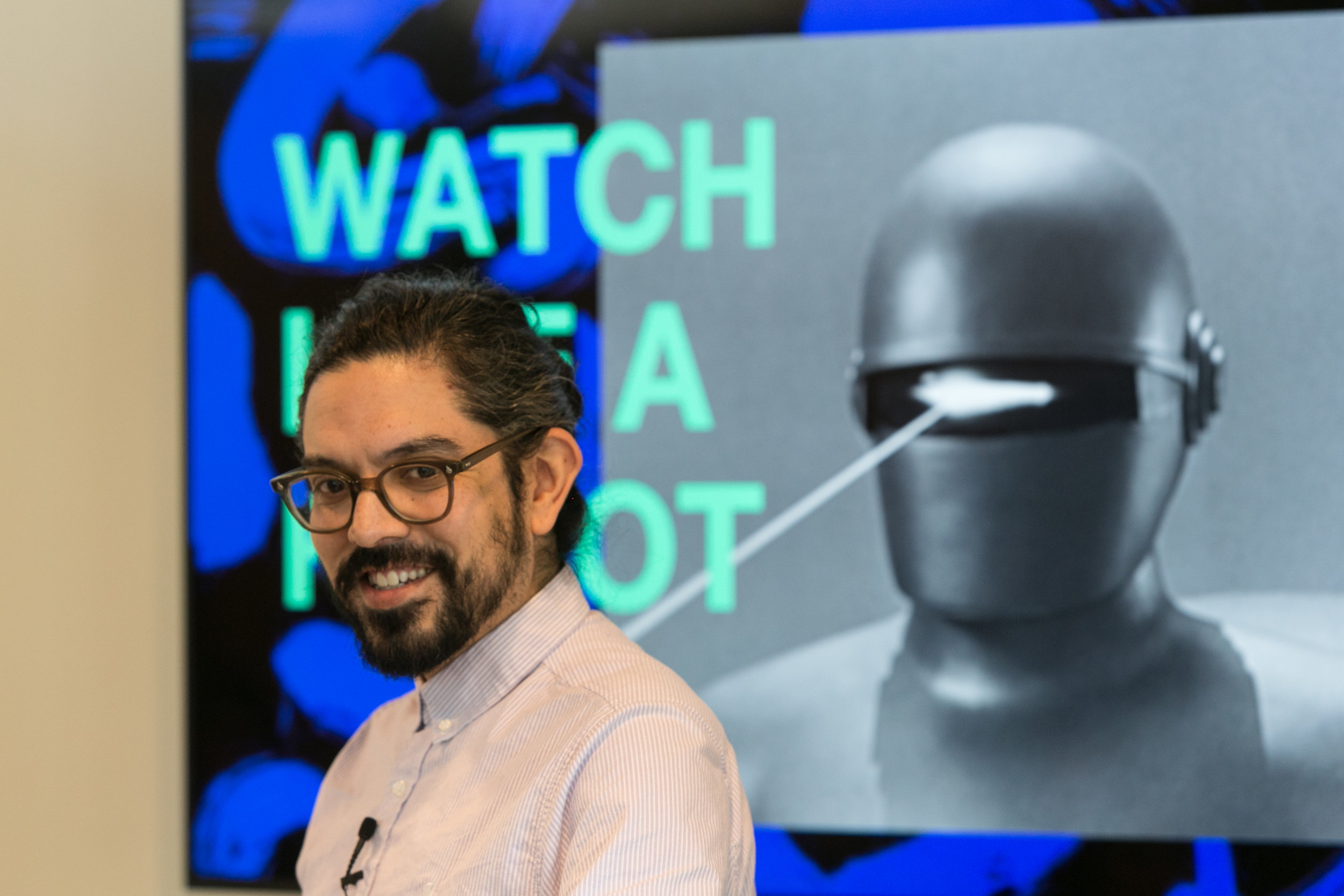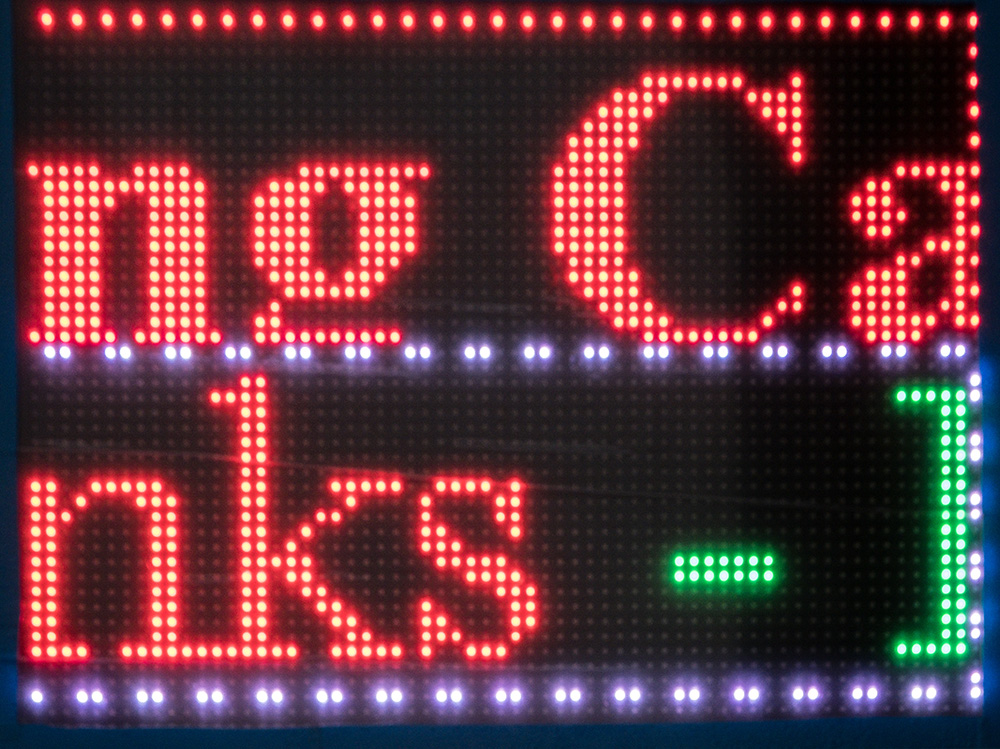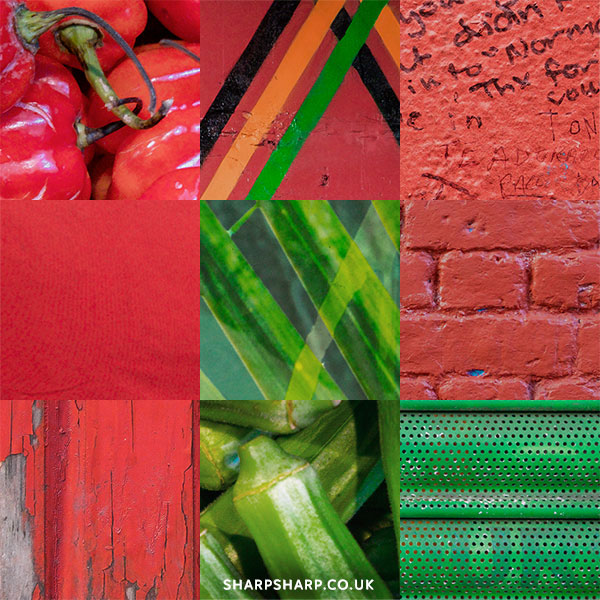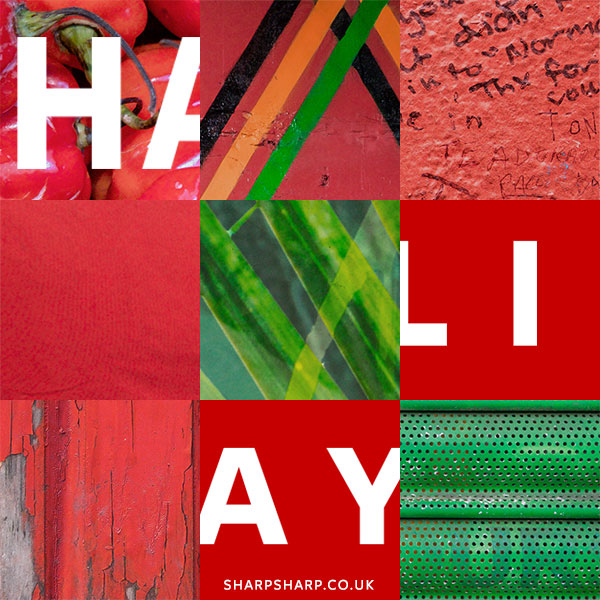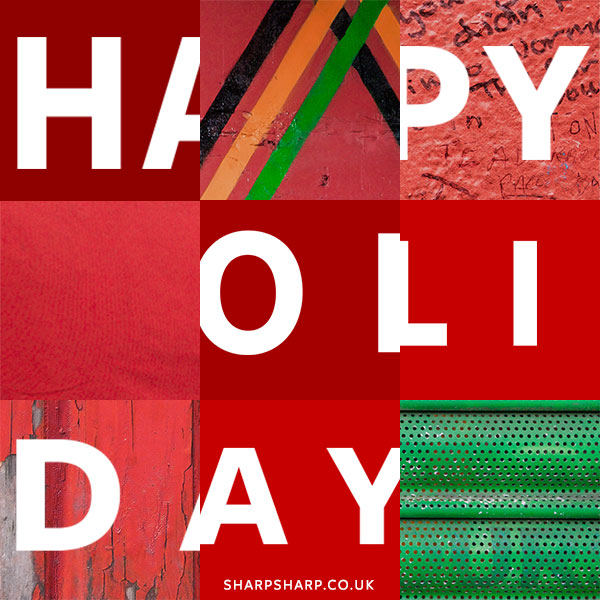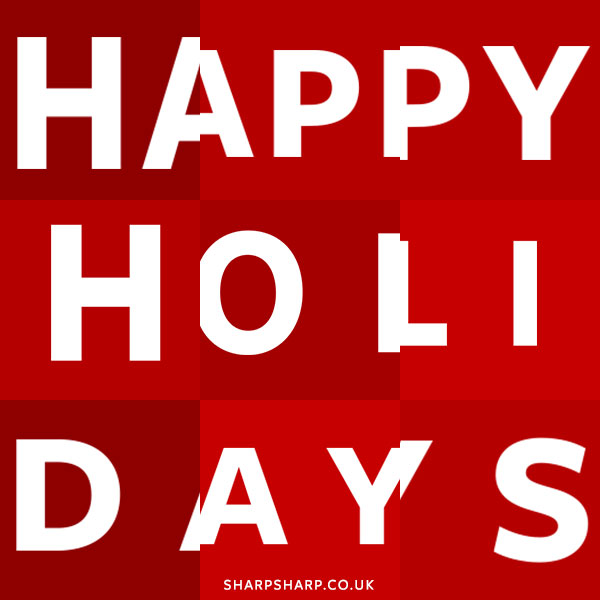The use of AI in design and photography has exploded recently, bringing new legal considerations into our work. Everyone is doing it, from Pentagram to Hugo Boss.
Thankfully, freelance technical writer Kathryn Kerby can help to demystify the issues for design clients, agencies and freelancers.
This article summarises a conversation which I had with Kathryn over LinkedIn messaging over the past couple of weeks. Kathryn is very knowledgeable about AI, and kindly answered a few of the questions I’ve had around legal issues in AI-generated content.
And in case you’re wondering, this article was not generated by AI. Here’s what I’ve learned from Kathryn:
Steve: I've heard that it's difficult or not possible to claim copyright on materials which were created solely with AI. So how much would a design need to be adapted by hand so that it is eligible for copyright protection?
Kathryn: In general, most major countries (including the UK) are handling AI-generated content and images as being eligible for either copyright or trademark protection, as long as they meet certain criteria.
The first and most important criteria is that any AI-generated text or image also have "significant" human involvement or modification, before it can be copyright or trademark protected. For instance, if you tried to copyright the raw output from an AI prompt, or the raw image generated by an AI-powered image generation tool, you would be turned down. On the other hand, if you used AI tools to create a "first draft" of either, and then you or another human being modified that content or image enough to show a noticeable difference between first and second versions, then yes you can copyright or trademark that content or image, respectively.
The real question is how much change is required. In my research so far, I couldn't get a nailed-down answer on either percentage changed, or hours involved in making the change, which are the two most common metrics for measuring such things. Also keep in mind that for the UK (and most other countries), this notion of rights regarding AI-generated anything, is really still up for grabs. So whatever I say today might change tomorrow.
That being said, any future developments will almost certainly include the requirement for human modification. If you can show solid proof that you took an article or an image from an AI tool, then modified it quite a bit, then yes you can copyright or trademark protect it according to both current and future legislation.
Steve: You mentioned trademark protection. Are there any additional considerations around this?
Kathryn: The trademark part has other requirements. It needs to:
1) Have human involvement, like we've already discussed
2) Must be used to describe a specific company's products or services, rather than just being a pretty picture
3) Must not duplicate or be overly similar to existing trademarked logos or symbols, and you need to really search through registered trademarks to make sure on this point. Even if that similar logo or symbol is for a company in a totally different industry, your design would probably be turned down to avoid consumer confusion.
Given the three requirements above, a company's brand new logo would be a prime example of an image that matches that definition, as long as it meets all three criteria.
I originally got in touch after seeing Kathryn’s excellent talk around the use of AI in copywriting projects. Many of her recommendations from that apply equally well to the use of AI in design:
Do not use AI-generated imagery intended to represent a real person without their permission. Similarly, do not use an AI-generated voiceover to simulate a real person without their permission.
Be aware that AI generated images can appear very similar to well known existing copyrighted images., As part of your due-diligence research on any given project, doing a Google image search with your generated image can help rule out accidental use of someone else’s trademarked imagery.
Be proactive: Don’t assume you’re on the same page as the client and/or the end user. Freelancers should proactively bring up the topic of AI usage, and any/all AI risk exposure, during initial negotiations with the client.
Put AI-relevant language into your own contract: Whatever your preferences and/or limits are with AI, put it in writing within your own contract so that the client knows in advance what you’re willing (and not willing) to do, and whether you use AI-generated materials in your work.
Check the client’s contract for AI-related verbiage. If you have your own “AI clause” and the client doesn’t, your working preferences are protected. However, it’s still a good idea to proactively discuss your intended AI usage with your client in advance, to avoid any miscommunication or hard feelings. This is now considered best practices under transparency principles. If you and the client have differing versions of what is and is not “acceptable” AI usage, you need to work that out in advance.
Keep up with AI ethics and legal issues, so that you can advise clients on how and when to use AI and how/when NOT to use AI.
For any given project, use a combination of AI-generated work PLUS your own input. This optimizes AI’s efficiency and your own unique contributions to any given work. Your contributions to any given work are what keep it “human.”
Prime Directive: YOU ARE YOUR OWN BEST DEFENSE AGAINST GETTING CAUGHT UP IN AI LEGAL AND ETHICS ISSUES. STAY ALERT AND VERIFY ALL AI-GENERATED CONTENT.
Kathryn is based in the US, so her responses relate to US law unless specified otherwise. The information in this article should not be interpreted as formal legal advice.
Steve McInerny has been using AI in creative and branding projects for over two years, a long time in AI! This includes developing an AI-assisted brand strategy service, with business support from London South Bank University, AI automations and AI-generated imagery and video work. He runs micro agency Sharp Sharp, which undertakes branding, creative and design work with a team of associates. Steve is also available for freelance projects.
Steve can be contacted via his LinkedIn profile or the Sharp Sharp website.
Kathryn Kerby has enjoyed a long, rewarding career as a professional writer since the early 1990s. She has served as a staff writer and editor, contractor, freelancer and consultant for many science-oriented companies, agencies and nonprofits. Her clients are typically working in the environmental sciences, but a few have been in the computer sciences, mental health or life sciences industries. Most recently she has become a Subject Matter Expert on how AI content and image generation can be used efficiently and responsibly by writers, graphic artists, designers and other creatives. Kathryn enjoys a wide range of hobbies including gardening, restoring old clocks, hiking and expanding her already large library of actual physical books. You can reach her via her freelance writing website or via her LinkedIn profile.











